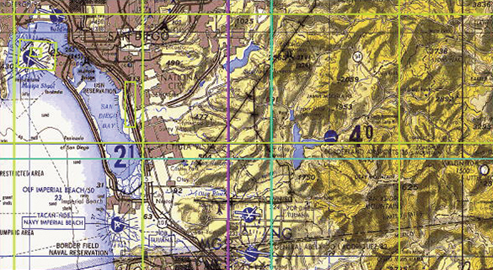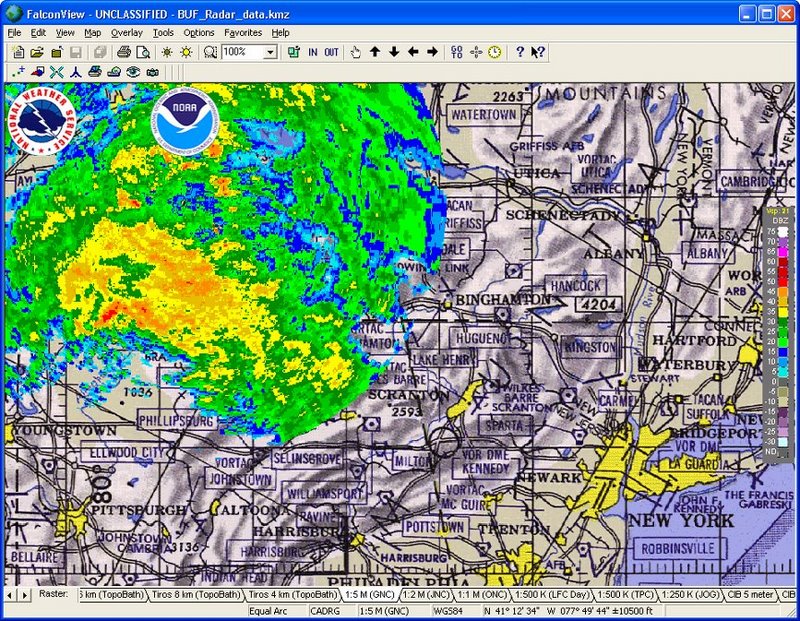CADRG is a general-purpose product, comprising computer-readable digital map and chart images. If a map is displayed at a scale below the one you specify, the DXF layer is not displayed. Additional values recorded for each cell may be a discrete value, such as land use, a continuous value, such as temperature, or a null value if no data is available. This number is usually negative: Each frame is represented by a discrete file. If foreground elements do not line up exactly with the background CADRG map, use non-zero values to shift the map slightly. 
| Uploader: | Tejin |
| Date Added: | 20 July 2008 |
| File Size: | 70.51 Mb |
| Operating Systems: | Windows NT/2000/XP/2003/2003/7/8/10 MacOS 10/X |
| Downloads: | 19689 |
| Price: | Free* [*Free Regsitration Required] |
See Background Layers for instructions on adding background map layers to a map. Map formatting scheme rules are divided into three groups, according to whether they apply to point, line, or area map features. SlippyMap providers can and do enforce restrictions on how their daya data is used. If everything is configured correctly, you should be able to paste the URL into a web browser and have it download and display the tile image.
GIS file formats
Map Formatting Scheme rule tables have an additional column labeled Rule Name. Show SlippyMap debug data: If the "Show map only at SlippyMap zoom levels" box is checked, then when displaying maps that include SlippyMap data, BaseOps will only display them at the exact scales corresponding to SlippyMap zoom levels. If BaseOps does not support your image's projection, contact the developers: Since an entire frame file of overlap is included between zones, there can be noticeable visual distortion in the overlap area for the very small scale maps e.
A map formatting scheme is a file containing rules that associate attribute codes with display styles. For example, if the image file is named "Chicago.
GIS file formats - Wikipedia
Using multiple DXF files, you can construct maps that reveal more detail as you zoom in. Data displayed includes the map's current zoom level and the number of SlippyMap tiles currently being downloaded. Enter the full path file name of this logo image in the Attribution Logo box. The coordinates must be supplied in the image's projection coordinate system. Additional raster data sets used by a GIS will contain information regarding elevation, a digital elevation modelor reflectance of a particular wavelength of light, Landsator other electromagnetic spectrum indicators.
This is useful if you have DXF files with varying levels of detail. Text you enter in the Attribution Text box will be displayed in the lower-right corner of the map by BaseOps. Comparison of GIS vector file formats.
Digital elevation model, map imageand vector data. There shall be frame overlap between the zones. Also specify the width i. For example, if the DXF file contains areas representing lakes, you can set the fill color to blue.
Type numbers between You should be able to find georeferencing information in the documentation that accompanies your bitmap image. Values of 0 leave the map unchanged. CADRG can be distributed in rectangular or non-rectangular areas, and with contiguous or non-contiguous coverage. In raster data the cell value can store attribute information, but it can also be used as an identifier that can relate to records in another table.
They are different formats. Each palette entry is a four-byte value RGBM.

Each frame file has a size of x Each of cadrgg geometries are linked to a row in a database that describes their attributes. Any number of files can be listed. BaseOps will allow you to create a map with images in different projections, but this should be attempted only if you have a thorough understanding of map projections.

For example, a database that describes lakes may contain a lake's depth, water quality, pollution level. This scheme is in the file Default.

Type the names of the DLG files that you wish to display as part of this layer.

No comments:
Post a Comment